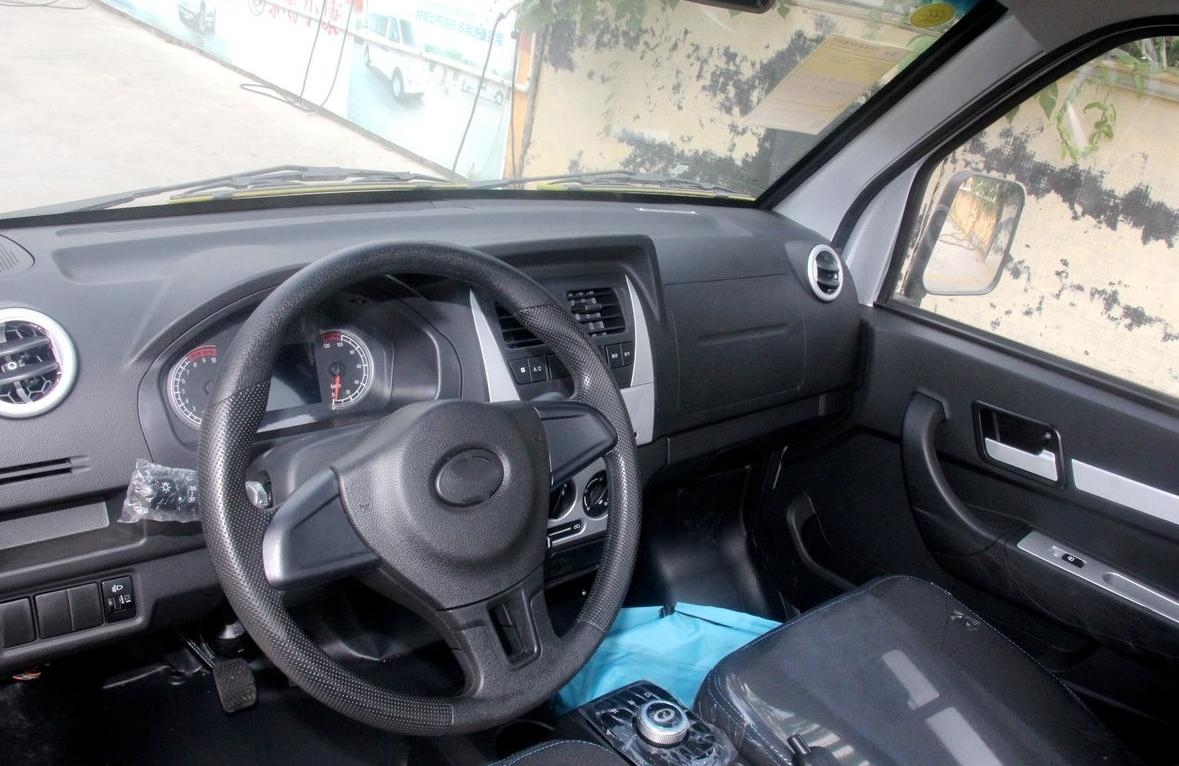Nuacht trucail leictreach
Why Do Pure Electric Vehicles Need a Transmission?
Sa phost ar le hais Trucailí leictreacha
In the ever – evolving world of automotive technology, pure electric vehicles have emerged as a significant and promising alternative to traditional internal combustion engine vehicles. One aspect that often comes under scrutiny is the need for a transmission in pure electric vehicleS. There are multiple, complex, and interrelated reasons for this, which have far – reaching implications for the overall performance, efficiency, and user experience of these vehicles.
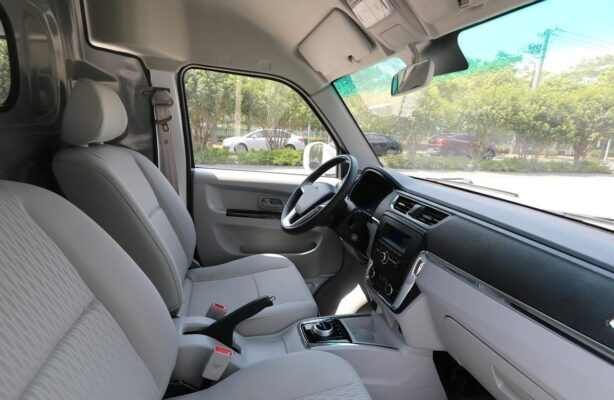
Why Do Pure Electric Vehicles Need to Improve Driving Efficiency?
The battery capacity of pure electric vehicles is a crucial factor that underlies the need for improved driving efficiency. At present, battery technology, while advancing rapidly, still has its limitations. The energy density of batteries, which determines the amount of energy that can be stored in a given volume or weight, is not yet sufficient to provide an unlimited driving range. This limited battery capacity means that every unit of energy consumed has a direct impact on the distance the vehicle can travel.

By improving driving efficiency, pure electric vehicles can make the most of the available battery energy. Efficient driving reduces the amount of energy wasted during operation, which in turn extends the driving range. This is not only convenient for the driver, as it reduces the frequency of recharging, but also has practical implications for the usability of electric vehicles in various scenarios. Mar shampla, a longer driving range makes electric vehicles more suitable for long – distance travel, expanding their potential market.
Moreover, improving driving efficiency can increase the service life of the battery. When a vehicle operates more efficiently, it puts less strain on the battery. Batteries degrade over time, and factors such as high – current draw and overheating can accelerate this degradation. By reducing the energy consumption through improved efficiency, the battery is subjected to less stress during each charging and discharging cycle. This can lead to a longer – lasting battery, which is not only cost – effective for the owner but also more sustainable in terms of resource utilization.

What Driving Modes Do Pure Electric Vehicles Have?
Pure electric vehicles typically offer a variety of driving modes, each designed to meet different driving needs. The normal driving mode is the default setting for everyday use. It balances power output, energy consumption, and driving comfort, providing a smooth and efficient driving experience. This mode is suitable for most regular driving situations, such as commuting in traffic or driving on normal city roads.
The sport mode, Ar an láimh eile, is designed to enhance the performance of the vehicle. It increases the power output of the electric motor, providing better acceleration and a more responsive driving experience. This mode is ideal for situations where quick acceleration is required, such as overtaking on the highway or driving on open roads with fewer traffic restrictions. In sport mode, the vehicle may sacrifice some energy efficiency for the sake of increased power, but it offers a more engaging driving experience for those who desire it.
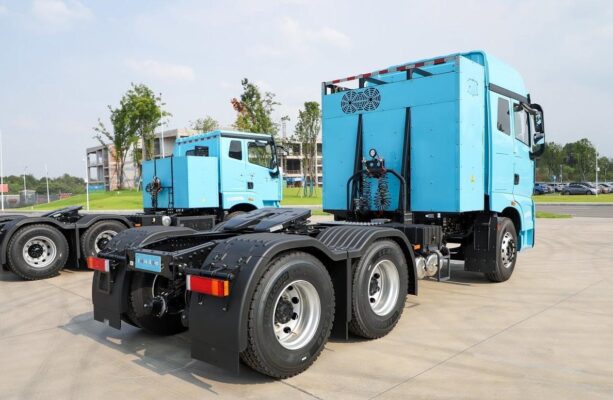
The economy mode focuses on maximizing energy efficiency. It adjusts the power output of the motor, limits unnecessary energy consumption, and optimizes the vehicle’s performance to achieve the longest possible driving range. This mode is especially useful when the battery charge is low or when the driver wants to minimize energy consumption for environmental or cost – related reasons. Mar shampla, in an economy mode, the vehicle may limit the top speed, adjust the acceleration curve more gently, and manage other systems such as air conditioning to reduce overall energy use.
These different driving modes are not just a matter of providing variety to the driver; they are also crucial for adapting to different driving conditions. Mar shampla, in hilly terrains, the normal or sport mode may be more appropriate for climbing hills with sufficient power, while the economy mode can be used on downhill sections to maximize energy recovery through regenerative braking.
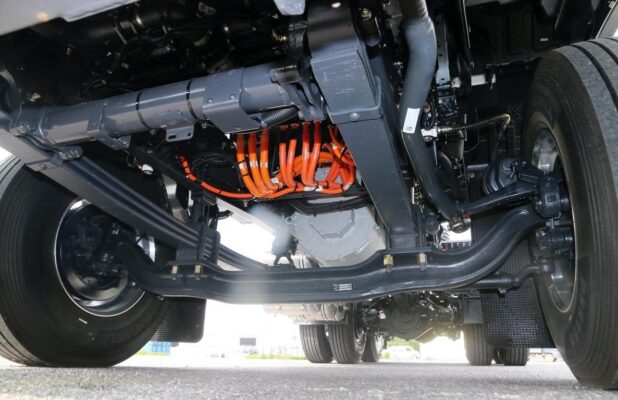
Why Is Better Acceleration Performance Required?
Better acceleration performance in pure electric vehicles serves multiple important purposes. Firstly, it significantly improves the overtaking ability of the vehicle. On the road, there are often situations where a driver needs to overtake another vehicle quickly and safely. Good acceleration allows the electric vehicle to close the gap between itself and the vehicle in front in a short time, reducing the time spent in the oncoming traffic lane during overtaking maneuvers. This not only enhances the safety of the driver and other road users but also provides a more confident driving experience.

Secondly, enhanced acceleration performance can greatly enhance driving pleasure. The feeling of a quick and responsive acceleration is something that many drivers enjoy. It gives a sense of power and control over the vehicle, making the driving experience more engaging. In a world where driving is not just about getting from one place to another but also about the experience itself, good acceleration performance can be a key selling point for electric vehicles.
Finally, better acceleration is also related to safety. In emergency situations, such as when suddenly needing to avoid an obstacle or merge into a faster – flowing lane of traffic, the ability to accelerate quickly can be a matter of life and death. A vehicle with good acceleration can respond promptly to such situations, reducing the risk of collisions.
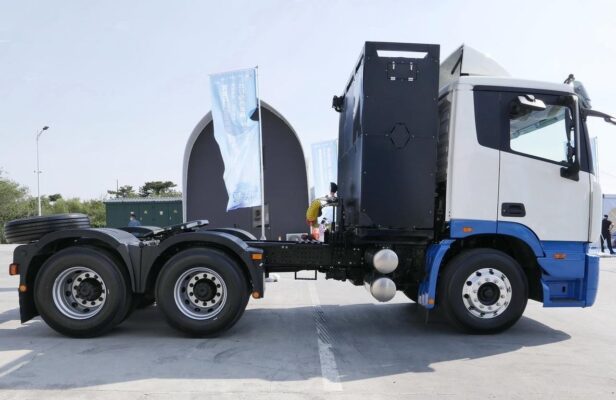
Why Is It Necessary to Improve the Braking Effect?
During the braking process of pure electric vehicleS, there is a unique opportunity for energy recovery. When the brakes are applied, the vehicle’s kinetic energy can be converted into electrical energy through a process known as regenerative braking. This is a significant advantage of electric vehicles over traditional internal combustion engine vehicles, which typically waste this energy as heat during braking.

Improving the braking effect in electric vehicles is essential for maximizing the amount of energy that can be recovered. A more effective braking system can ensure that a larger portion of the vehicle’s kinetic energy is captured and converted back into electrical energy. This recovered energy can then be used to recharge the battery, effectively increasing the overall energy efficiency of the vehicle.
Moreover, a better braking effect also contributes to the safety of the vehicle. A reliable and efficient braking system is crucial for bringing the vehicle to a stop in a timely and controlled manner. In different driving conditions, such as wet or slippery roads, a good braking system can prevent accidents by providing sufficient stopping power.

Why Is It Necessary to Reduce Energy Consumption?
Reducing energy consumption in pure electric vehicles has numerous benefits. One of the most immediate is the decrease in the number of battery charging times. Frequent charging can be inconvenient for the driver, especially if the charging infrastructure is not readily available. By reducing energy consumption, the vehicle can travel longer distances between charges, making it more practical for daily use and long – distance travel.
Extending the service life of the battery is another important aspect. As mentioned earlier, battery degradation is influenced by factors such as the number of charge – discharge cycles and the amount of energy drawn from the battery during each cycle. By reducing energy consumption, the battery is used more sparingly, which can slow down the degradation process. A longer – lasting battery not only saves the owner money in terms of battery replacement but also reduces the environmental impact associated with battery production and disposal.

Furthermore, reducing energy consumption also contributes to a more environmentally – friendly driving style. Electric vehicles are already considered more environmentally friendly than their internal combustion engine counterparts due to zero – tailpipe emissions. Cén dóigh faoin spéir a ...?, by reducing energy consumption, the overall carbon footprint associated with the vehicle’s operation can be further reduced. This is especially important in the context of global efforts to combat climate change and reduce greenhouse gas emissions.
Mar fhocal scoir, for the reasons of improving efficiency, increasing the choice of driving modes, enhancing power output, improving braking effect, and reducing energy consumption, it is essential for pure electric vehicles to use a transmission. The transmission plays a vital role in enabling these vehicles to better adapt to different driving conditions and requirements, providing a more comprehensive and satisfying driving experience. It is an integral part of the technological advancements that are making pure electric vehicles a more viable and attractive option in the automotive market.
